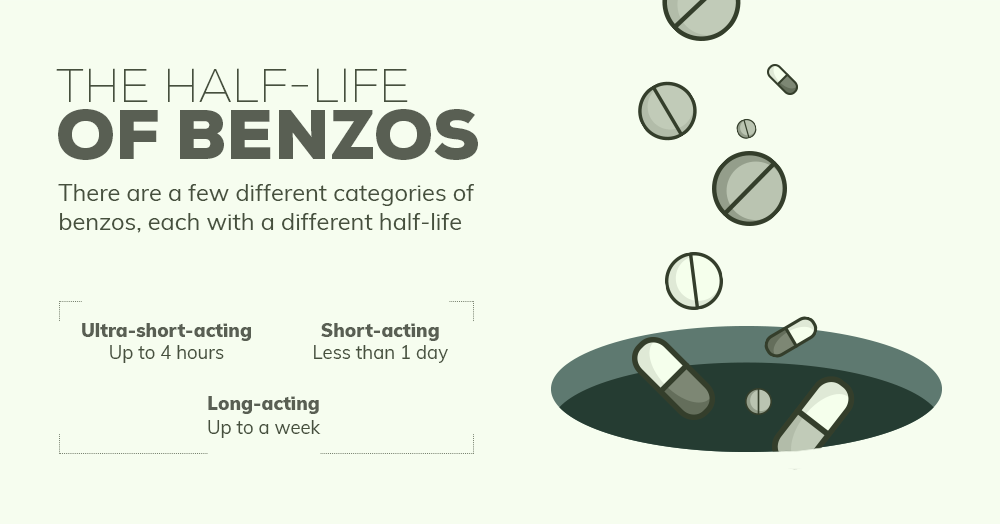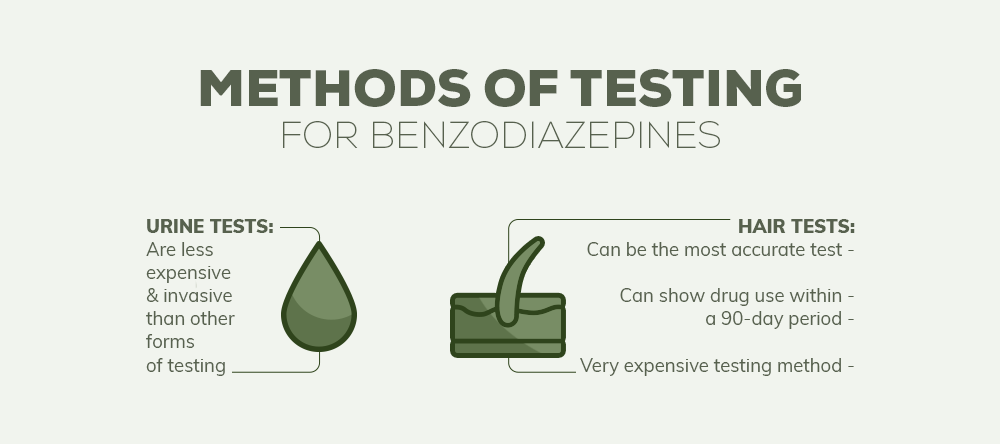A common form of drug-testing used by employers is the 5-panel drug test. This is usually a urine test that shows the administrator whether or not their employee has marijuana, cocaine, meth, PCP or amphetamines present in their system. While the 5-panel drug test does not detect the presence of benzos in your system, the 6-panel upgrade does.
Oftentimes, employers will use upgraded, several-paneled drug tests to detect drug use. These tests can have as many as twelve panels. Any paneled drug test with more than 5 panels tests for benzodiazepines.
For example, a 12-panel urine-based drug test detects the presence of cocaine, marijuana, PCP, amphetamines, opiates, benzodiazepines, barbiturates, methadone, propoxyphene, Quaaludes, Ecstasy and MDA, and Oxycodone and Percocet.











